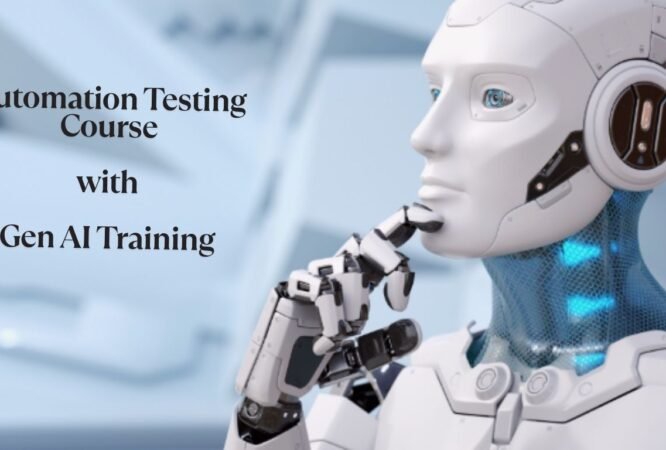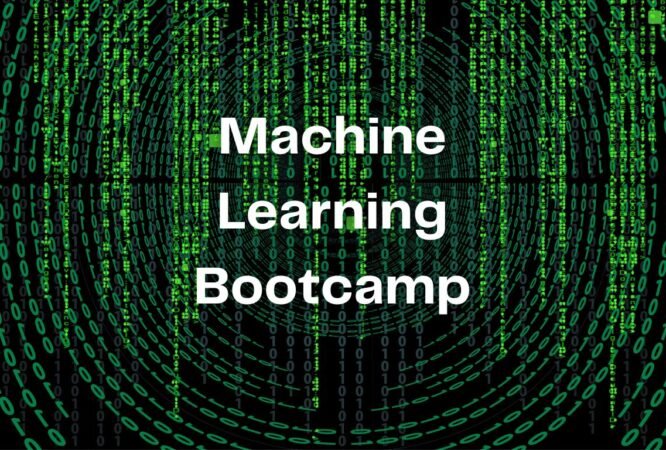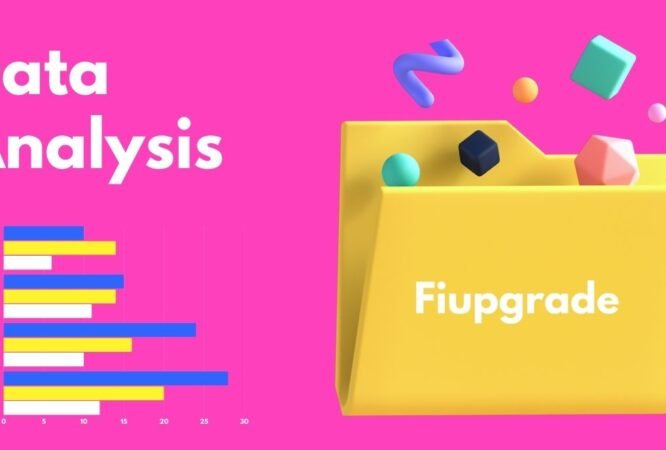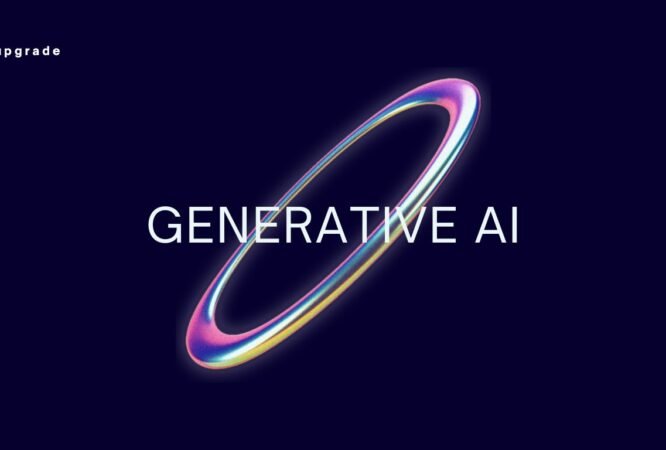Data Science Boot camp
Data Science Course Overview Introduction Data science is an interdisciplinary field that focuses on extracting knowledge and insights from structured and unstructured data. It integrates various disciplines, including statistics, computer science, mathematics, and domain-specific knowledge, to analyze data and make …
-
Data science is an interdisciplinary field that focuses on extracting knowledge and insights from structured and unstructured data. It integrates various disciplines, including statistics, computer science, mathematics, and domain-specific knowledge, to analyze data and make informed decisions.
.
-
Data science combines techniques from multiple fields to interpret complex data sets. It encompasses the entire process of data handling, from data collection and cleaning to analysis and visualization. The goal is to uncover patterns, make predictions, and inform decision-making across various sectors such as healthcare, finance, marketing, and technology
-
-
Statistics: Provides tools for analyzing data distributions and relationships.
-
Machine Learning: Involves algorithms that enable computers to learn from data and make predictions or decisions without being explicitly programmed.
-
Data Mining: The process of discovering patterns in large data sets using methods at the intersection of machine learning, statistics, and database systems.
-
Big Data Technologies: Tools and frameworks (like Hadoop and Spark) that manage large volumes of data.
-
Data Visualization: Techniques to present data in graphical formats to help stakeholders understand insights quickly
-
-
The lifecycle of a data science project typically includes several stages:
-
Problem Definition: Understanding the business problem to formulate relevant questions.
-
Data Collection: Gathering data from various sources such as databases, APIs, or web scraping.
-
Data Cleaning: Processing the data to remove inaccuracies or inconsistencies.
-
Exploratory Data Analysis (EDA): Analyzing the data to find patterns or trends.
-
Model Building: Developing predictive models using machine learning algorithms.
-
Evaluation: Assessing the model’s performance using metrics like accuracy or F1 score.
-
Deployment: Implementing the model in a production environment for real-world use.
-
Monitoring and Maintenance: Continuously checking the model’s performance and updating it as necessary
-
-
-
Data science is utilized across various industries for diverse applications:
-
Healthcare: Predicting disease outbreaks or patient outcomes.
-
Finance: Fraud detection and risk assessment.
-
Retail: Personalizing customer experiences through recommendation systems.
-
Manufacturing: Optimizing supply chains and predictive maintenance.
-
Marketing: Targeting advertising campaigns based on consumer behavior analysis
.
-
-
-
As organizations increasingly rely on data-driven decision-making, the demand for skilled data scientists continues to grow. This field not only requires technical expertise but also strong communication skills to convey insights effectively to stakeholders. Data science is often seen as a critical driver of innovation and efficiency in today’s data-rich environment
Curriculum
- 31 Sections
- 58 Lessons
- 24 Weeks
- Module 1: PYTHON: INTRODUCTION TO DATA SCIENCE WITH PYTHON16
- 1.0MODULE 1: PYTHON: INTRODUCTION TO DATA SCIENCE WITH PYTHON
- 1.1What is analytics & Data Science?
- 1.2Common Terms in Analytics
- 1.3Analytics vs. Data warehousing, OLAP, MIS Reporting
- 1.4Relevance in industry and need of real time world
- 1.5Types of problems and business objectives in various industries
- 1.6How leading companies are harnessing the power of analytics?
- 1.7How leading companies are harnessing the power of analytics?
- 1.8Critical success drivers
- 1.9Overview of analytics tools & their popularity
- 1.10Analytics Methodology & problem solving framework
- 1.11List of steps in Analytics projects
- 1.12Identify the most appropriate solution design for the given problem statement
- 1.13Project plan for Analytics project & key milestones based on effort estimates
- 1.14Build Resource plan for analytics project
- 1.15Why Python for data science?
- Module 2: Employee Central Core22
- 2.0MODULE 2: PYTHON FOUNDATION: ESSENTIALS (CORE)
- 2.1Overview of Python- Starting with Python
- 2.2Why Python for data science?
- 2.3Anaconda vs. python
- 2.4Introduction to installation of Python
- 2.5Introduction to Python Editors & IDE’s(Jupyter,/Ipython)
- 2.6Understand Jupyter notebook & Customize Settings
- 2.7Concept of Packages – Important packages(NumPy, SciPy, scikit-learn, Pandas, Matplotlib, etc.)
- 2.8Installing & loading Packages & Name Spaces
- 2.9Data Types & Data objects/structures (strings, Tuples, Lists, Dictionaries)
- 2.10List and Dictionary Comprehensions
- 2.11Variable & Value Labels – Date & Time Values
- 2.12Basic Operations – Mathematical – string – date
- 2.13Control flow & conditional statements
- 2.14Debugging & Code profiling
- 2.15Python Built-in Functions (Text, numeric, date, utility functions)
- 2.16User defined functions – Lambda functions
- 2.17Concept of apply functions
- 2.18Python – Objects – OOPs concepts
- 2.19How to create class and modules?
- 2.20How to call classes and modules?
- 2.21Concept of pipelines in Python
- Module 3: PYTHON FOUNDATION: OPERATIONS WITH NUMPY (NUMERICAL PYTHON)14
- 3.0MODULE 3: PYTHON FOUNDATION: OPERATIONS WITH NUMPY (NUMERICAL PYTHON)
- 3.1What is NumPy?
- 3.2Overview of functions & methods in NumPy
- 3.3Data structures in NumPy
- 3.4Creating arrays and initializing
- 3.5Reading arrays from files
- 3.6Special initializing functions
- 3.7Slicing and indexing
- 3.8NumPy Maths
- 3.9Combining arrays
- 3.10Basic algebraic operations using NumPy arrays
- 3.11Solving linear equations
- 3.12Matrix inversions
- 3.13Calculating Eigen vectors
- Module 4: PYTHON FOUNDATION: OVERVIEW OF PANDAS0
- Module 5: PYTHON FOUNDATION: CLEANSING DATA WITH PYTHON1
- Module 6 : PYTHON FOUNDATION: VISUALIZATION USING PYTHON1
- Module 7: PYTHON FOUNDATION: BASIC STATISTICS & IMPLEMENTATION OF STATS METHODS IN PYTHON1
- Module 8: PYTHON MACHINE LEARNING: INTRODUCTION TO MACHINE LEARNING1
- Module 9: PYTHON MACHINE LEARNING: LEARNING ALGORITHMS1
- Module 10: PYTHON MACHINE LEARNING: SUPERVISED LEARNING - REGRESSION PROBLEMS USING LINEAR REGRESSION1
- MODULE 11 : PYTHON MACHINE LEARNING: SUPERVISED LEARNING: CLASSIFICATION PROBLEMS USING LOGISTIC REGRESSION0
- MODULE 12 : PYTHON MACHINE LEARNING: SUPERVISED LEARNING: CLASSIFICATION & REGRESSION PROBLEMS USING DECISION TREES0
- MODULE 13: PYTHON MACHINE LEARNING: SUPERVISED LEARNING: CLASSIFICATION & REGRESSION PROBLEMS USING ENSEMBLE LEARNING0
- MODULE 14 : PYTHON MACHINE LEARNING: SUPERVISED LEARNING: CLASSIFICATION & REGRESSION PROBLEMS USING KNN0
- MODULE 15 : PYTHON MACHINE LEARNING: SUPERVISED LEARNING: CLASSIFICATION & REGRESSION PROBLEMS USING BAYESIAN TECHNIQUES0
- MODULE 16: PYTHON MACHINE LEARNING: SUPERVISED LEARNING: REGRESSION & CLASSIFICATION PROBLEMS USING SUPPORT VECTOR MACHINES0
- MODULE 17 : PYTHON MACHINE LEARNING: UNSUPERVISED LEARNING: SEGMENTATION PROBLEMS USING CLUSTER ANALYSIS0
- MODULE 18 : PYTHON MACHINE LEARNING: UNSUPERVISED LEARNING: SEGMENTATION PROBLEMS USING CLUSTER ANALYSIS0
- MODULE 19 : PYTHON MACHINE LEARNING: FORECASTING OVERVIEW AND BASICS OF TIME SERIES0
- MODULE 20 : PYTHON MACHINE LEARNING: SUPERVISED LEARNING: FORECASTING PROBLEMS USING TIME SERIES ANALYSIS0
- MODULE 21 : PYTHON MACHINE LEARNING: EVALUATION OF FORECASTING0
- MODULE 22 : PYTHON TEXT MINING NLP/NLG: INTRODUCTION TO TEXT MINING0
- MODULE 23 : PYTHON TEXT MINING NLP/NLG: TEXT PROCESSING USING BASE PYTHON & PANDAS, REGULAR EXPRESSIONS0
- MODULE 24 : PYTHON TEXT MINING NLP/NLG: TEXT PROCESSING WITH SPECIALIZED MODULES LIKE NLTK, SKLEARN ETC0
- MODULE 25 : PYTHON TEXT MINING NLP/NLG: INITIAL DATA PROCESSING AND SIMPLE STATISTICAL TOOLS0
- MODULE 26 : PYTHON TEXT MINING NLP/NLG: ADVANCED DATA PROCESSING AND VISUALIZATION0
- MODULE 27 : PYTHON TEXT MINING NLP/NLG: ADVANCED DATA PROCESSING AND VISUALISATION0
- MODULE 28 : PYTHON TEXT MINING NLP/NLG: FINAL PROJECTS0
- MODULE 29 : TABLEAU: GETTING STARTED0
- MODULE 30 : TABLEAU: DATA HANDLING & SUMMARIES0
- MODULE 31 : TABLEAU: BUILDING ADVANCED REPORTS/ MAPS0
You might be intersted in
-
0 Students
-
10 Weeks




